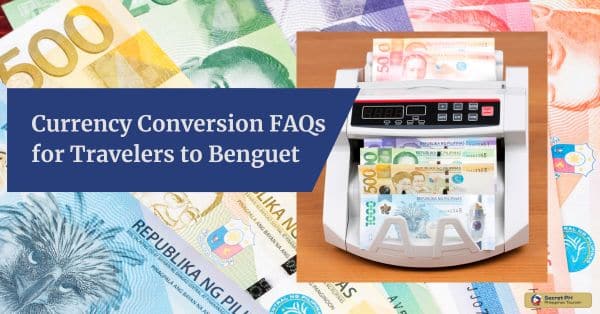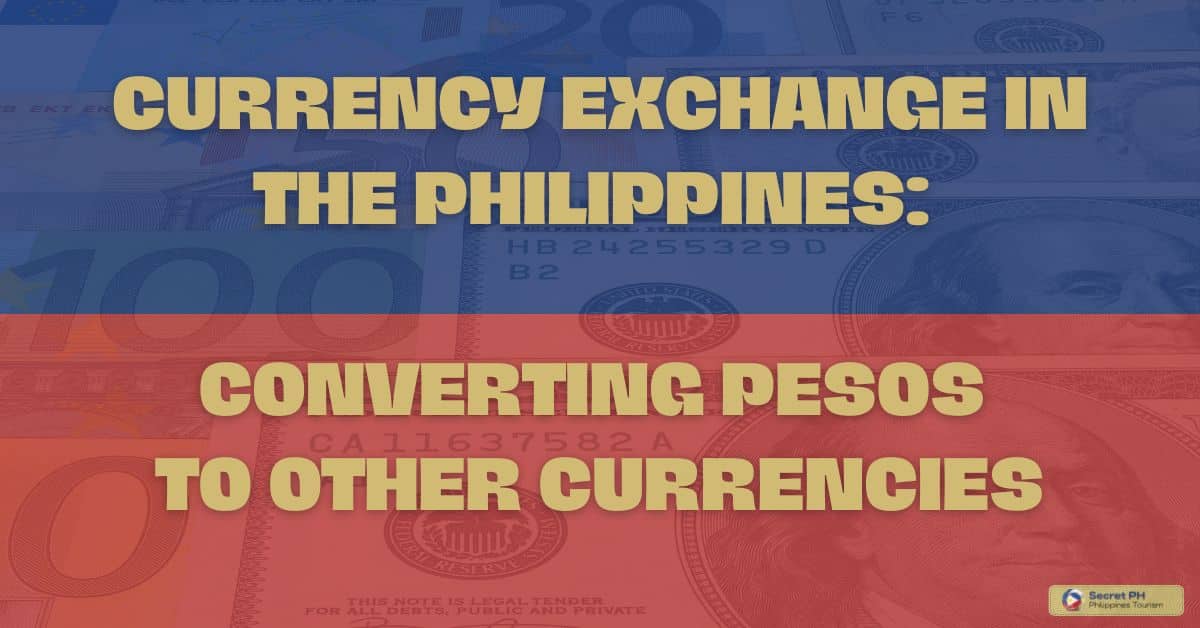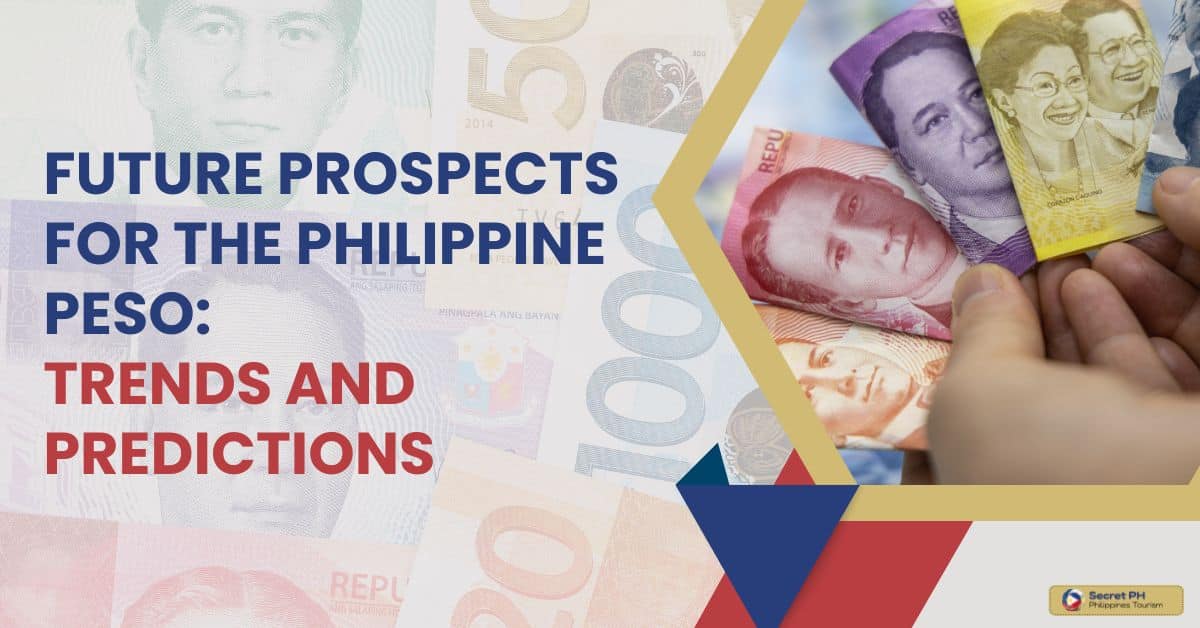Converting currency can be confusing, especially when traveling to a new country. This beginner’s guide to currency conversion in the Philippines covers everything from understanding the Philippine peso and US dollar to finding the best options for exchanging currency. Make informed decisions and get the most out of your travels in the Philippines.
If you are a beginner in the Philippines looking to make the switch from Pesos to Dollars, this blog post provides an easy guide on how to approach the process of currency conversion. Learn now how to efficiently transition into foreign currencies and reap the rewards of your investment!

The Philippine Currency System
The Philippine Currency System is an interesting financial dynamic within the country. The Philippines primarily use the Philippine Peso (PHP) as their currency of choice, although there are other forms of currency acceptable due to its close proximity to other nations with different currency systems.
There have been several attempts to modernize the system, including revising the denomination structure and minting new coins, but overall this has not had a significant impact on Philippine finances. Understanding the Philippines’ currency system is important for any foreigner traveling to the country so they can better understand the local economy.

Understanding the Philippine Peso
The Philippine peso originated from the Spanish currency, known as the real de a ocho or “Spanish dollar”. This was introduced in the Philippines in 1598. Through the years, the Spanish dollar became a standard unit of trade between foreign countries, both Spanish and Non-Spanish. During this time, it became known as either peso or piastre.
By 1851, coins were minted in Mexico and Spain to represent the international monetary system of 0.90 silver and 0.10 copper. After nearly 400 years as part of the global monetary system, its legal tender status was abolished in 1982 due to economic instabilities in some counties of whose citizens used peso bills and coins as legal tender.
Current exchange rate of the Philippine Peso
The Philippine Peso is the official currency of the Republic of the Philippines. As of lately, its current exchange rate shows to be 47.5600 PHP for 1 USD and 54.9035 PHP for 1 EUR. Given its fluctuating nature, the Philippine Peso’s exchange rate against foreign currencies can easily vary by as much as 0.1000 on any given day.
Note that the current exchange rate of the Philippine peso varies and is subject to fluctuation based on several factors, including economic conditions and market forces.

How to obtain Philippine Pesos
Understanding the Philippine Peso is the first step to obtaining these currency notes. You can purchase them from an authorized money changer in your home country prior to departing for the Philippines or during your stay there.
Depending on where you are traveling from, you may need to exchange other foreign currency into Philippine Pesos. Be sure to shop around for a good rate as rates can vary greatly between money changers. You may wish to buy some pesos from ATMs within certain areas of the Philippines as they give out up to a maximum of 10,000 PHP at any one time and only charge a small transaction fee.

Currency Conversion Options
When traveling to the Philippines or conducting transactions in the country, it is important to understand the different options available for currency conversion. There are several convenient and accessible options available to those in need of exchanging their currency into Philippine pesos or vice versa.
Banks
Banks are a cornerstone of the global economy, allowing individuals, businesses, and governments to transfer their funds easily. Currency conversion options offered by banks can facilitate financial transactions across the world. In the Philippines, for example, banks provide various services such as inbound remittances – where customers can send and receive money abroad – using both local and foreign currency exchanges.
Customers have access to a range of services that allow them to easily manage international payments; this helps them increase efficiency when dealing with international partners. Through these services, banks help make life easier for their customers by quickly converting currencies and thus simplifying financial exchanges between countries.

Money Changers
Money changers are a great way to get your currency converted quickly, easily and at a reasonable rate. In the Philippines, you can find Money Changers in many different locations – from airports to shopping malls – all offering Currency Conversion Options that are both fast and reliable.
With modern technology, Money Changers also provide customers with an easy way to compare exchange rates, allowing customers to make an informed decision when selecting the currency conversion option that suits them best.

ATMs
ATMs have become a ubiquitous feature in modern society by providing us with an easy way to access our money. In the Philippines, the increased number of ATMs has been a major factor in their economic growth over the past few years.
The machines allow customers to withdraw and deposit cash, transfer funds between accounts, buy foreign currency, and even pay bills. Many banks also offer additional services like event ticket purchases or loan payments on ATMs as well. All this conveniences makes them an invaluable part of people’s everyday lives in Philippines.

Online conversion services
Online conversion services are a great way for Philippines-based businesses to optimize their workflow and manage digital documents more efficiently. With these services, companies can quickly and easily convert files from one format to another – allowing them to collaborate more effectively with the global community.
Such a service also allows organizations to save time, money, and resources by minimizing redundancies in hard copy document storage. In summary, online conversion services provide Philippines-based businesses with an improved level of efficiency and seamless functionality.

Tips for Effective Currency Conversion
Currency conversion can be a confusing and stressful process, especially when traveling to a new country. However, by following a few simple tips, you can ensure that you get the best exchange rate and avoid hidden fees and charges.
Research exchange rates
Knowing how to effectively research and convert exchange rates is an important part of international transactions. When it comes to exchanging Philippines Pesos (PHP) into any other currency, or from another currency into Philippines Pesos, there are three tips to remember for effective currency conversion.
Understanding the factors that can affect the exchange rate, such as government policies and economic conditions, will help in predicting whether a certain amount of Philippines Pesos today will have more or less purchasing power tomorrow. Looking up historical exchange rates can be useful when attempting to identify long-term trends; this may be helpful in timing when to buy more PHP or when not to.
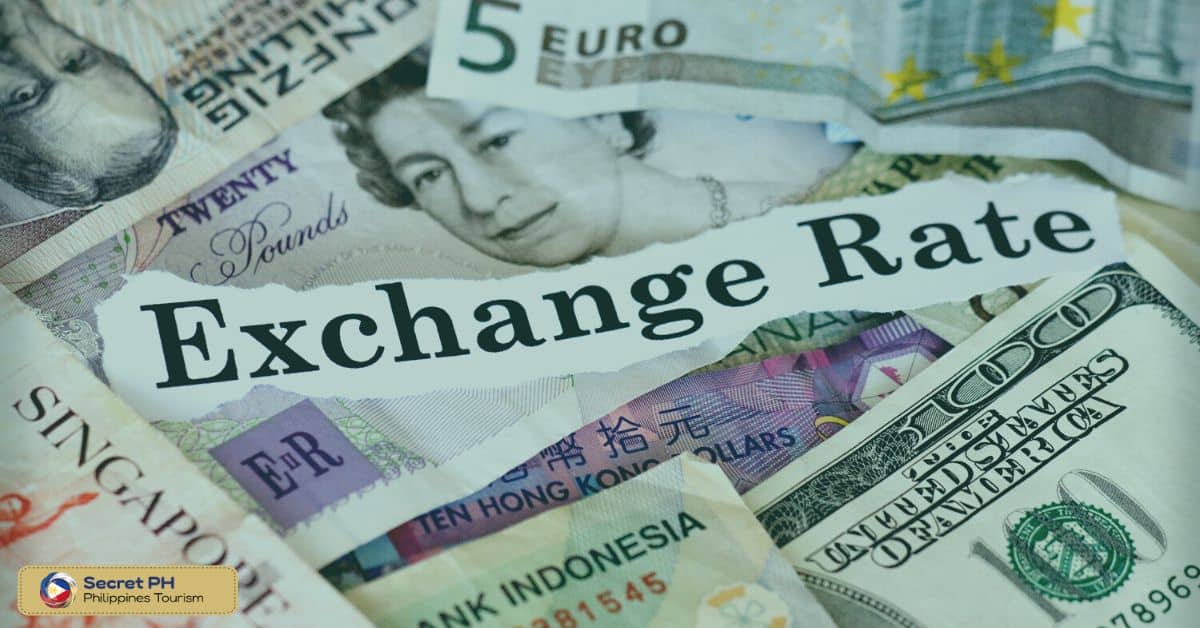
Avoid exchanging currency at airports or hotels
Travelers to the Philippines often find themselves in need of foreign currency conversion. However, it is best picked up through different methods than directly exchanging currency at airports or hotels. Typically, these locations offer subpar exchange rates and charge high fees. For a more effective conversion, travelers should research money transfer services or bank-issued credit cards that give favorable exchange rates.
Many international banks have local branches in larger cities, where travelers can pick up the local currency and avoid having to convert US dollars or another foreign currency beforehand. In any case, it is wise to always double-check the exchange rate no matter what service one chooses for currency conversion in order to get the most out of their journey to the Philippines.

Use credit or debit cards instead of exchanging cash
Exchanging cash can be a tricky process, especially in the Philippines. Many consumers are now opting to use credit or debit cards instead of exchanging cash when making purchases abroad. Not only does this method of payment help individuals save time and energy, but it also provides additional security for their money.
Using a credit or debit card eliminates the hassle of researching exchange rates and other tips for effective currency conversion. As such, using credit or debit cards as opposed to exchanging cash is becoming increasingly popular amongst foreign travelers and shoppers in the Philippines who require fast access to their funds without any additional burden on their part.
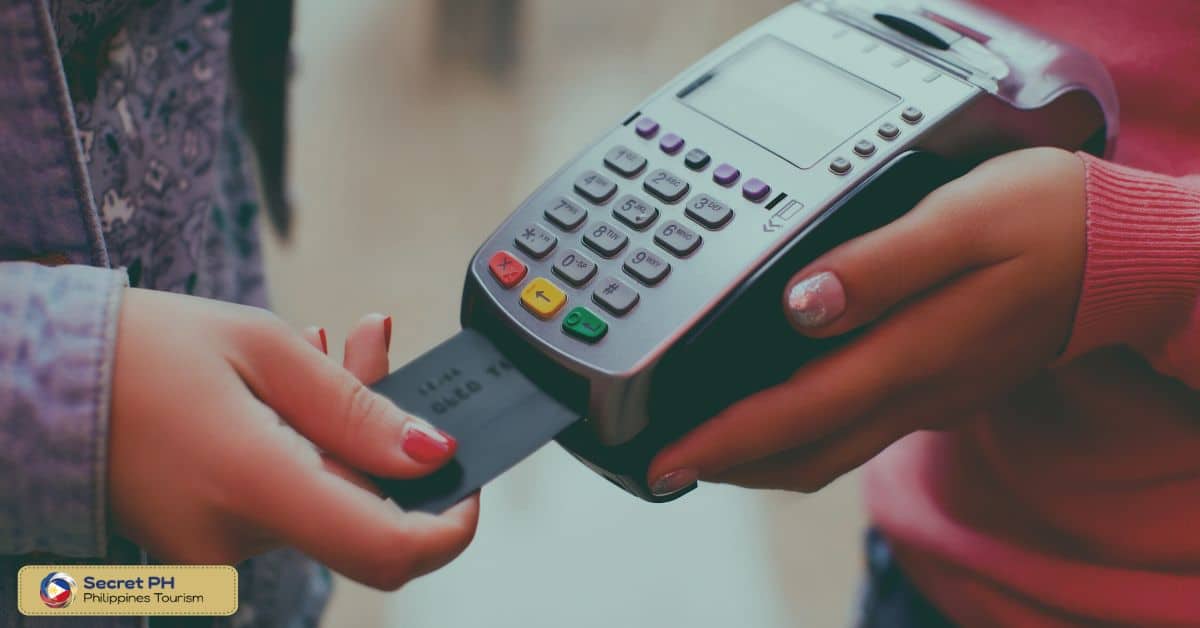
Keep receipts of all currency exchanges
Converting currency can be a confusing process, especially if you’re unfamiliar with exchange rates. To make the transition smoother, it is important to always keep receipts of all currency exchanges while in Philippines.
This will help you pinpoint exactly how much money you have, when comparing the Philippines’ denominations with your own native currency. Take into account the fees that may be incurred from the agencies that are exchanging the money.

In Conclusion
Converting currencies can be a challenging task, especially if you are travelling through multiple countries with different monetary systems. This guide covers all the basics, from exploring potential sources of currency exchange to understanding financial contemporary markets and regulations. With this guide, travelers and tourists alike can properly research and strategize their transactions – all while maximizing their budget along the way.

